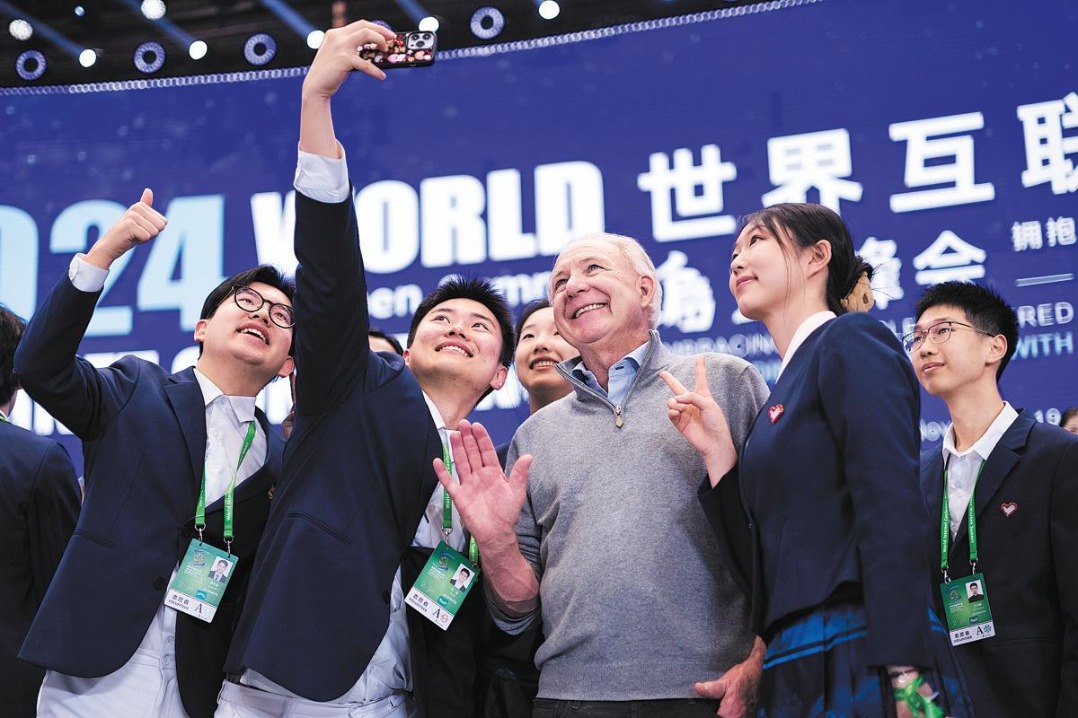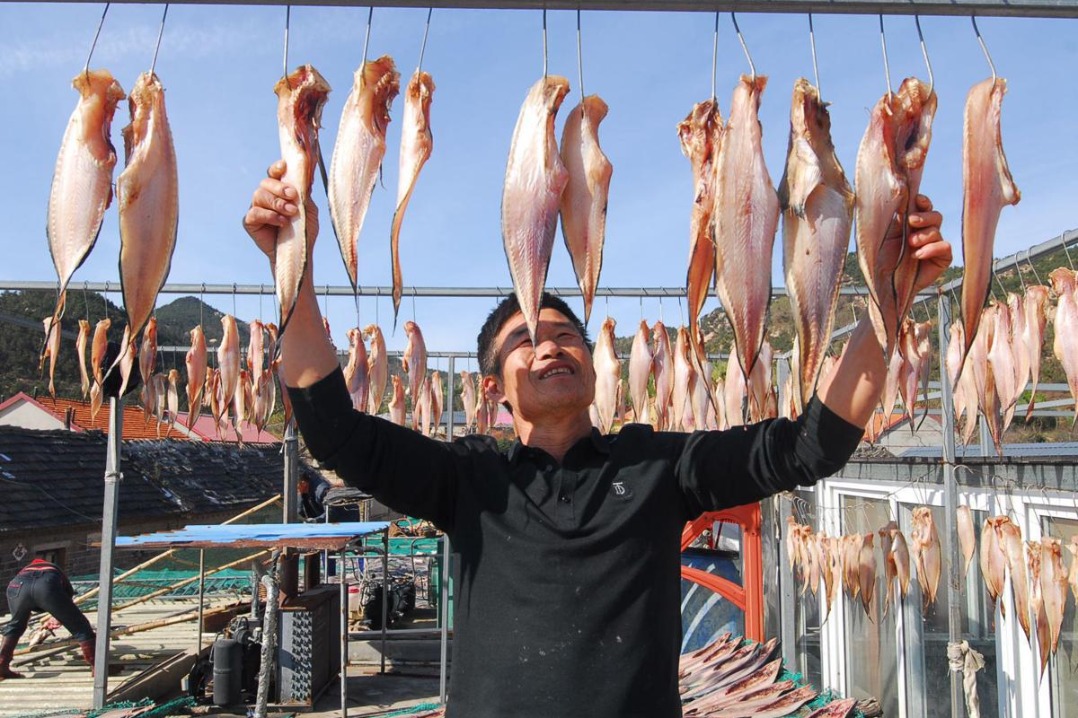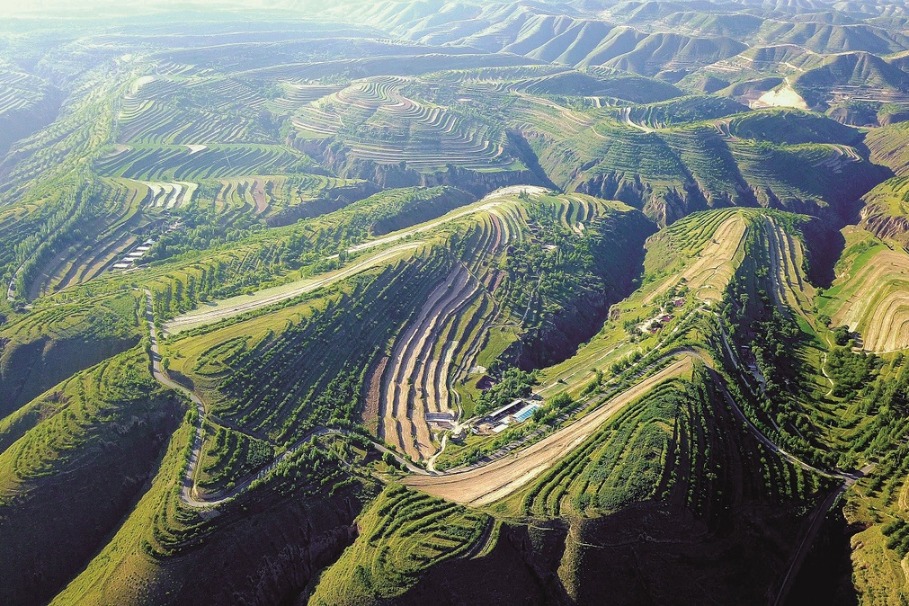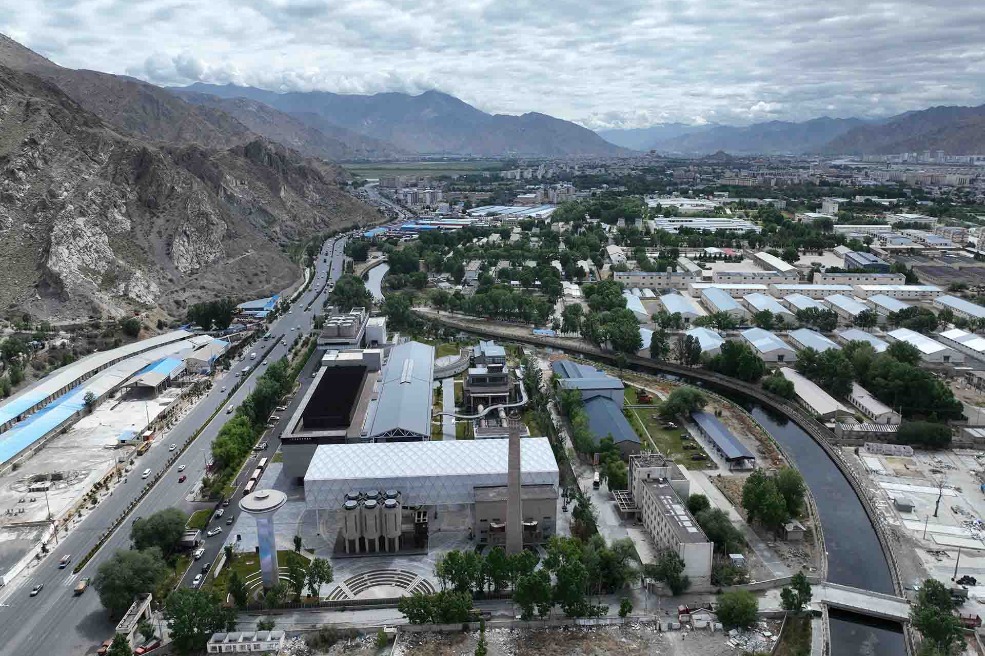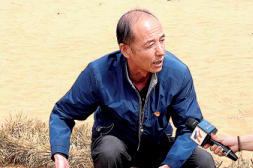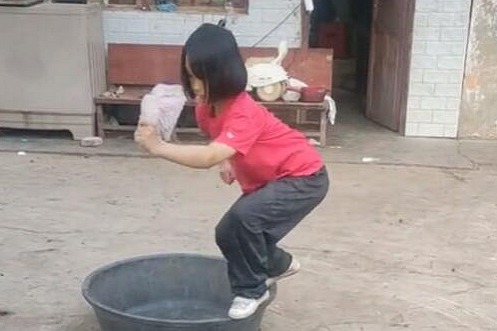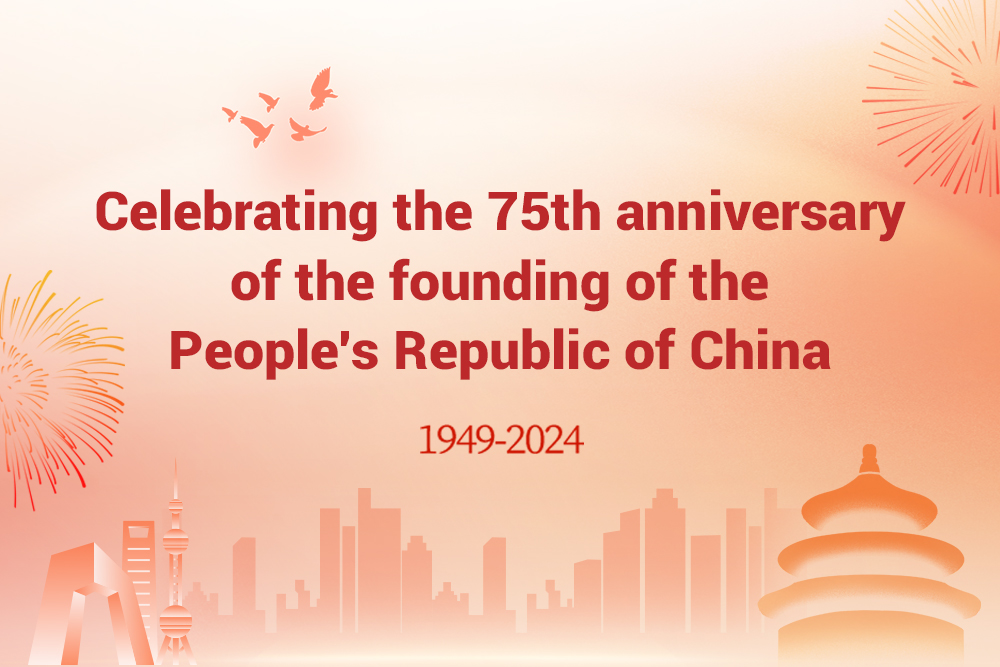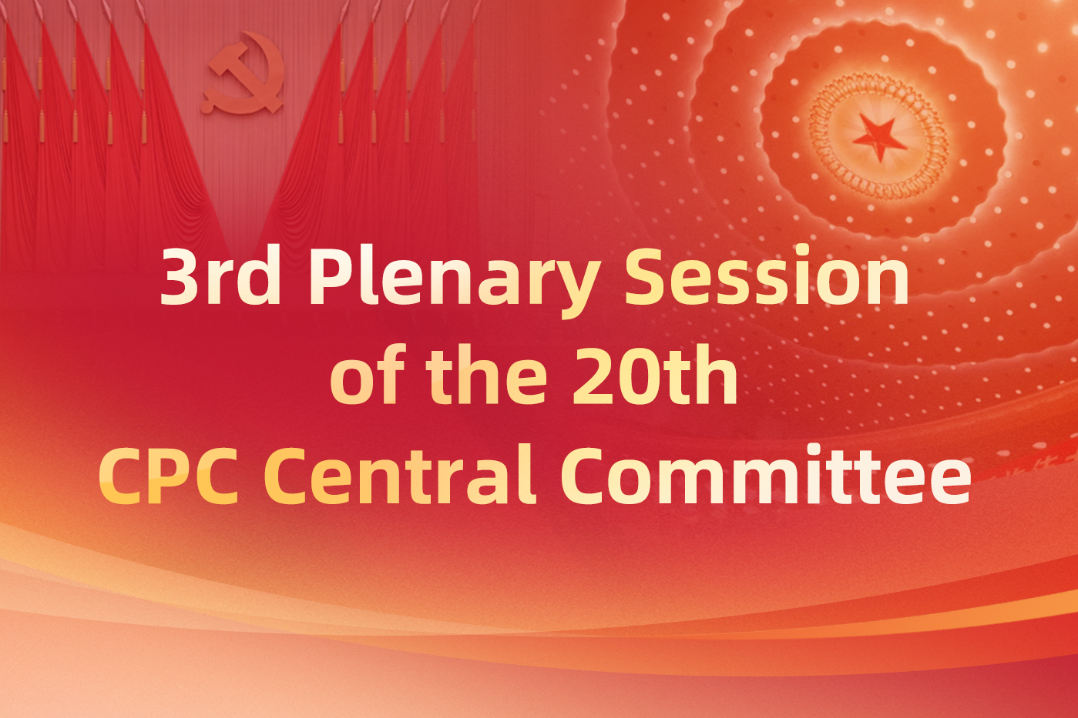Archaeologists call for deeper intl cooperation

Amid calls for deeper international cooperation in the field of archaeology and contribution toward building a community with a shared future for mankind, the 4th Chinese Archaeology Congress began in Xi'an, Shaanxi province, on Monday.
The three-day event is jointly organized by the Society for Chinese Archaeology, the Institute of Archaeology at the Chinese Academy of Social Sciences, Shaanxi Provincial Cultural Heritage Administration and the city-level government of Xi'an.
The biennial event, one of the highest-level academic forums for archaeological studies in China, is being attended by more than 800 professionals from 31 provinces, autonomous regions and municipalities, the Hong Kong Special Administrative Region and Taiwan, and nine foreign countries including Germany, the United Kingdom, Italy and Japan.
The theme for the congress this year is "The formation and development of a unified multiethnic country".
Chen Xingcan, director of the Institute of Archaeology, CASS, said that since the last congress held in 2021, China's archaeological community has further researched the importance of archaeological studies in the development of the country, continued to explore and make innovations, and achieved remarkable progress.
Chen said that programs on important academic issues are held regularly; the pace of international cooperation in archaeology has become more determined; archaeometry and underwater archaeology are developing rapidly; and a number of archaeological programs are being broadcast, expanding the influence of achievements.
These efforts have been injecting spiritual strength into the construction of a modern Chinese civilization, he said.
The congress this year includes 27 professional committees, which will together submit 564 reports in 27 parallel sessions focusing on different historical periods and different fields of archaeological studies, such as underwater archaeology, environment science archaeology and archaeometry.
Four new committees have been introduced this year. The committees are on archaeological heritage, archaeological studies on tombs, the Great Wall and the Grand Canal, respectively, reflecting deepening of the research content, said Chen.
"The congress has been successfully held three times, each focusing on a major academic issue. It serves as a platform for communication between archaeologists at home and abroad," said Chen.
"It has showcased the latest discoveries and research progress of Chinese archaeological studies, and enhanced the comparative studies on ancient civilizations of different regions across the world," he added.
Miyamoto Kazuo, a professor at Kyushu University in Fukuoka, Japan, said the studies on Chinese civilization is important for other East Asian countries as well.
"East Asian countries such as Japan and the Republic of Korea were strongly influenced by Chinese civilization. The nations were born in the process of communications with China, with different history and backgrounds. Therefore, the exploration of Chinese civilization is not only important for China, but also for the entire East Asia," he said.
Li Qun, director of the National Cultural Heritage Administration, highlighted the importance of international cooperation in archaeology. "Efforts should be made to promote open cooperation in archaeology. ... We should cooperate with overseas high-level research institutions to tackle problems, focus on international academic trends, advance joint archaeological efforts related to the Belt and Road Initiative, and promote high-quality development of research on ancient civilizations worldwide," said Li.
"By facilitating cultural exchanges based on mutual respect and mutual learning, we can contribute Chinese wisdom and strength to the building of a community with a shared future for mankind," he added.
Following the opening ceremony, six scholars were invited to make keynote speeches introducing some latest archaeological discoveries in China.
Gao Jiangtao, a researcher with the Institute of Archaeology, elaborated on new findings of 4,000-year-old Taosi sites in Xiangfen county, Shanxi province.
He said the excavation on the No 1 palace foundation of Taosi, which was being carried out from 2018, unveiled the largest known prehistoric single rammed earth architectural foundation, which covers 6,500 square meters.
As part of the event, 27 public lectures have also been organized, so that people can take part in this academic and cultural feast, said Guan Qiang, deputy director of the National Cultural Heritage Administration.
- China sets up its first international ship registry in Hainan
- Zhenjiang teaches students with disabilities to hoe their own roe
- National public service exam sees record-high applicants
- East China Normal University celebrates Shanghai's textile legacy
- CCG carries out patrol in waters surrounding Huangyan Island
- State Council appoints Macao SAR gov't officials, prosecutor general


















